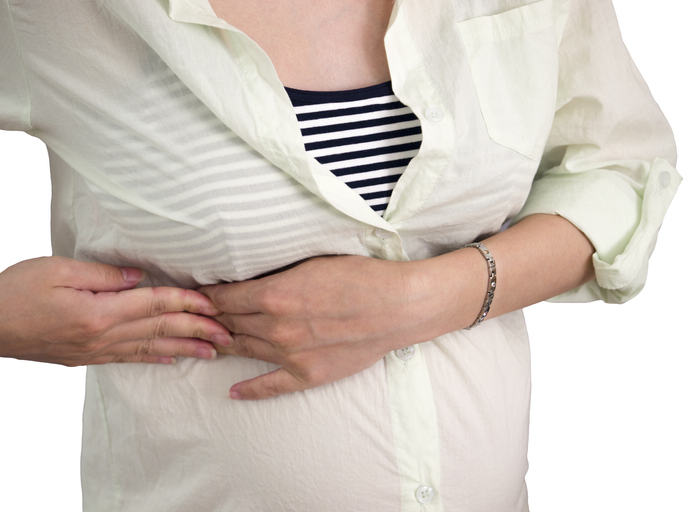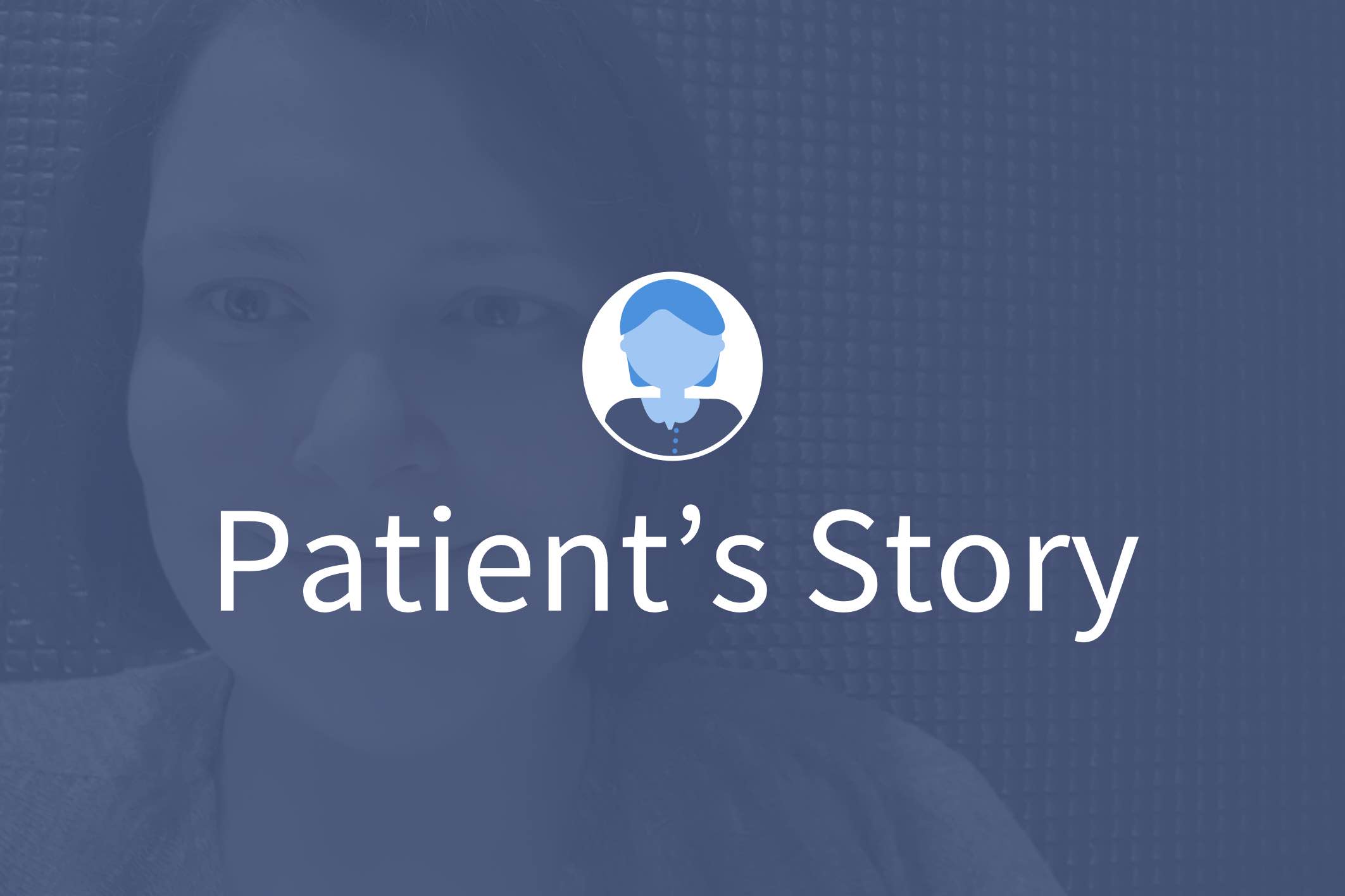Pain
3 Types of Chest Wall Pain: Costochondritis, Tietze Syndrome, and Intercostal Neuralgia

What is chest wall pain?
The chest wall is considered to be the structures surrounding the lungs. It includes the ribs and sternum. Chest wall pain is felt from the breast, rib cage, or a chest muscle. The pain may be experienced with certain movements or if pressure is applied. It can occur on one side of the chest or may spread across the entire chest area.
Chest pain should never be ignored. Seek emergency medical assistance if chest pain is present. Although there are many types of chest wall pain, musculoskeletal conditions are the most common. Three causes of chest wall pain include costochondritis, Tietze syndrome, and intercostal neuralgia.
Costochondritis
Costochondritis occurs when the cartilage in the upper rib cage that attaches to the sternum becomes inflamed. This area is called the sternocostal joint, and the pain ranges from mild to severe. This particular type of pain is often described as mimicking a heart attack.
Costochondritis symptoms
Symptoms of costochondritis include, but are not limited to, the following:
- Left-side chest pain
- Sharp, aching, or pressure-like pain
- Pain in more than one rib
- Pain radiates to the arms and shoulders
- Pain worsens when taking a deep breath, coughing, sneezing, or moving the chest wall
- Pain decreases when idle
Costochondritis causes
The exact cause of costochondritis is unknown. It may be associated with trauma, arthritis, tumors, or illnesses. It can also occur due to physical strain, such as severe coughing. Costochondritis tends to be more prevalent in women over 40.
Costochondritis diagnosis
A health history will be obtained, and a physical examination will be conducted. The physical exam may include pressing on the breastbone, moving the rib cage and arms in an effort to re-create the pain, and looking for swelling. Certain tests may be ordered to rule out other conditions.
Costochondritis treatments
Although it can last for several weeks, costochondritis is typically harmless and leaves on its own. Treatment for costochondritis is aimed to relieve pain. It may include anti-inflammatory medications, such as ibuprofen or naproxen, transcutaneous electrical nerve stimulation (TENS), stretching exercises, and avoiding activities that increase symptoms. If the pain is severe, a physician may prescribe anti-seizure medication, antidepressants, or opioids.
Tietze syndrome
Costochondritis and Tietze syndrome pain are very similar; however, if swelling accompanies the pain, Tietze syndrome is typically diagnosed. Tietze syndrome is rare and can appear suddenly. The affected area normally involves the second or third rib. Tietze syndrome pain may be confused with the pain of a heart attack.
Tietze syndrome symptoms
Symptoms of Tietze syndrome may appear and disappear suddenly and include, but are not limited to, the following:
- Chest pain in a small area (mild or severe, dull or sharp)
- Redness
- Pain that can extend to the neck, arms and shoulders
- Swelling
- Tenderness
- Pain that worsens when coughing, sneezing, laughing, hugging, exercising, breathing deeply, wearing a seatbelt, or lying down
Tietze syndrome causes
While the exact cause of Tietze syndrome is unknown, it may be associated with small traumas to the chest wall. It may also result from respiratory infections, physical activity strain, or extreme coughing spells. Tietze syndrome may also be a result of psoriatic arthritis and is more common in older children and adults under 40.
Tietze syndrome diagnosis
There is no specific test for a Tietze syndrome diagnosis. A health care professional will obtain a medical history and perform a physical examination that may involve pressing on the chest. Certain testing may be ordered to rule out other conditions.
Tietze syndrome treatment
Symptoms of Tietze syndrome often disappear with no treatment. Non-steroidal anti-inflammatory drugs (NSAIDs), such as ibuprofen or naproxen, may help relieve pain and inflammation. If pain is severe, a physician may recommend corticosteroid injections into the joint area to reduce pain and swelling.
Intercostal neuralgia
Intercostal neuralgia is a type of neuropathic (nerve) pain that involves the nerves that arise from the spinal cord and lie beneath the ribs. These nerves are connected to the muscles of the rib cage, skin, and chest cavity.
Intercostal neuralgia symptoms
The main symptom of intercostal neuralgia is pain around the ribs, in the upper chest, or in the upper back. Other symptoms include, but are not limited to, the following:
- Pain that is burning, spasmodic, shooting or sharp
- Pain that worsens with certain activities, such as taking a deep breath, laughing, coughing, or sneezing
- Referred pain that originates from the intercostal nerves but is felt in the shoulder blades or pelvis
- Pressure, tingling or numbness around the ribs or in the upper chest or back
In severe cases, muscle twitching, loss of appetite, paralysis, or muscle atrophy can occur.
Intercostal neuralgia causes
Intercostal neuralgia may result from irritation, inflammation, or compression of the intercostal nerves. Those diagnosed with a viral infection, such as shingles, or who have experienced trauma to the chest or abdomen resulting in nerve compression are at increased risk.
Intercostal neuralgia diagnosis
A health history will be obtained, and a physical examination will be conducted. During a deep breath, a health care professional may press between the area of the ribs. If pain is present, intercostal neuralgia may be diagnosed. Certain testing may be ordered to rule out other conditions.
Intercostal neuralgia treatment
Lidocaine patches and capsaicin creams may offer temporary pain relief. An antidepressant or anticonvulsant can treat nerve-related pain. If pain is severe, opioids may be prescribed. Other treatment options include nerve blocks, thoracic epidural injection, and pulsed radiofrequency. Therapies to help include physical therapy, relaxation therapy, and cognitive therapy.














